During 2009 and 2010 the Communications Regulation Commission (CRC) of Bulgaria called several tenders for DVB-T broadcasting licenses. Hannu Pro Bulgaria won the licences to develop and operate three of total 6 national DVB-T networks. Soon after the first licences were awarded in 2009, Hannu Pro was contracted to commence the development of first two Bulgarian DVB-T networks. This marked the beginning of first phase of Bulgarian DVB-T introduction. Complete 6 DVB-T network (multiplex) architecture will be implemented gradually during subsequent phases.
Hannu Pro engineers planned and calculated the coverage of all 6 national networks - five commercial and one public. Calculations were based on RRC06 international frequency distribution data for Bulgaria, and data from TV broadcast infrastructure and TV towers. After summing these results, required capacities of antennas, feeders, combiners, and transmitters were calculated to meet requirements of planned DVB-T coverage and eliminate interference with analogue broadcasting during transition period. Taking into account the fact that in Bulgaria coverage zones of analogue and digital broadcasting differ, unique antenna systems were developed, capable of segmented broadcasting covering different sectors and supporting different frequencies from a single broadcasting tower and combiner. The system of DVB-T transmitters, combiners and antenna feeders was projected to support connection of six equally powered transmitters ensuring 6+1 redundancy - initially during the 1st phase of development deployed as 2+1 (3+1) and progressively increased later, as corresponding broadcasting frequencies become available. Calculating system parameters and opting components was done with the consideration that during transition period digital and analogue broadcast systems are tied together.
Commencing the project development in 2009 Hannu Pro also inspected all Bulgarian TV broadcast centres and audited current equipment for necessary steps to ensure compatibility with DVB-T systems. On these inspections data were collected to prepare technical project for each broadcasting site. Technical project development included planning of equipment allocation on each site and requirements for additional building structures to host equipment, later involving tie down of subcontractors for construction design. The inspections revealed what changes are required in existing systems to support DVB-T broadcasts, as well as provided data for planning of distribution of broadcast equipment capacities.
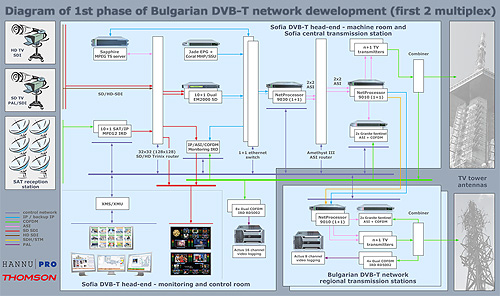 |
After site inspections Hannu Pro prepared technical proposal for the approval of contracting authority, as well as elaborated detailed technical installation layouts. When all technical project details were worked out, Hannu Pro started equipment deployment and installation, contracting service engineers of Hannu Pro service centre and other subcontractors. Hannu Pro service centre engineers also accomplished equipment configuration and system tests.
Technical proposal is mostly based on Thomson Video Networks technologies and includes: ViBE EM-2000 Dual encoders; a Saphire Broadcast MPEG server to provide nVOD transport stream play-out functions for jingles, advertisements and movies; a fully redundant (1+1) NetProcessor 9030 multiplexers providing SFN adaptation; a Grass Valley Trinix SD/HD SDI video routing switcher under redundant Grass Valley Jupiter CM-4000 control system and EPG/MHP support; an Amethyst III ASI switcher managing signal control and automated channel switching when errors are detected; and Granite Sentinel monitoring systems. Also included are: Thomson Video Networks RD5000 IRD decoders; an Apantac multi-viewer system; Grass Valley Modulars signal processors, as well as an Actus logging solution to provide full 8 channel logging at central head-end station and 4 channel logging at each regional transmission station. Complete monitoring and XMS/XMU management centre for both DVB-T multiplexes is located at the central head-end station in Sofia. The content, prepared at head-end station is transmitted to regional transmission centres via IP and SDH networks. Broadcasting sites also host Spinner combiner systems, RFS feeders, Kathrein antennas, and Thomson Elite series and NEC transmitters (for 1st phase installations), NEC and Rohde & Schwarz transmitters (for 2nd phase installations) and Rohde & Schwarz and Thomson transmitters (for 3rd phase installations) - all in compliance with required broadcast capacities.
Development of first three DVB-T networks (multiplexes) is split into the phases:
1st phase - 12 broadcasting sites (Sofia, Kopitoto, Belogradcik, Gabrovo, Ruse, Dobrich, Varna, Edelvais, Voynagovo, Zdravec, Sliven, St. Zagora) fully equipped with necessary equipment, broadcasting 3 multiplexes, and covering 75% of population of 7 out of 12 Bulgarian allotment zones
2nd phase - 12 broadcasting sites (Petrohan, Viden, Zelen Dol, Orelyak, Stramni Rid, Sheynovec, Snezhanka, Kaynadina, Ivantsi, Pleven, Lovech, Venec) fully equipped with necessary equipment, broadcasting 3 multiplexes, and covering 75% of population of 5 out of 12 Bulgarian allotment zones
3rd phase (in progress) - 58 broadcasting sites fully equipped with necessary equipment, broadcasting 3 multiplexes, and covering 90% of population of 12 out of 12 Bulgarian allotment zones.
It is planned that by 2015 three DVB-T networks will cover 95% of the population over 12 allotments of Bulgaria, providing both SD and HD channels. During the next steps of Bulgarian DVB-T development, the population coverage will be increased up to 97% for each of the allotments. This will involve equipment installation at another 100 transmission sites. When this task will be completed, the analogue television will be switched off and equipment for 3 additional multiplexes will be installed at each site, thus achieving 6+1 DVB-T broadcast network architecture covering whole the territory of Bulgaria. In total nearly 300 regional transmission stations will be deployed, and Bulgarian TV spectators will be able to enjoy plenty of VBR (variable bit-rate) pay TV and FTA (free-to-air) channels on total 6 DVB-T networks (multiplexes) in standard and high definition. According to data collected in 2011 Bulgaria - a member state of European Union has a population of more than 7 million.
| Bulgarian DVB-T project development |
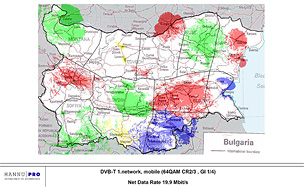 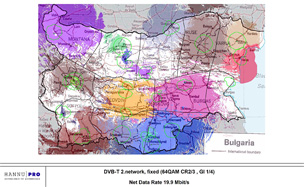
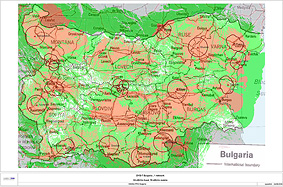 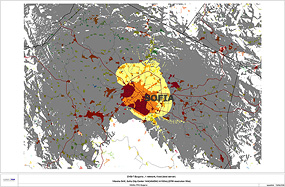
Some diagrams (working materials) from Bulgarian DVB-T network project development.
Hannu Pro engineers
designed whole project and modelled the broadcast coverage
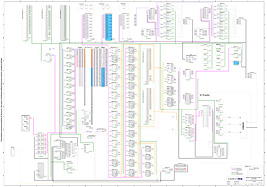 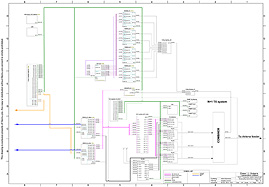
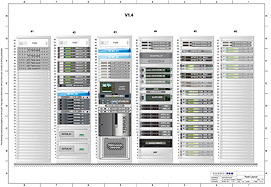 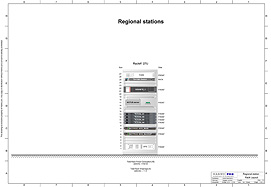
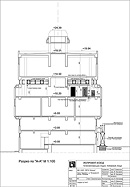 
An examples of Bulgarian DVB-T head-end and regional site project layouts
connection schematics, rack and site construction layouts
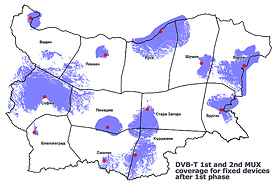 
Coverage calculations for fixed devices
after completion of 1st and subsequent phases
 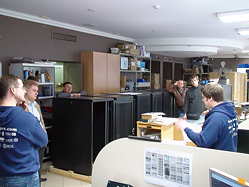
Equipment collection for testing and configuration for Bulgarian DVB-T
network is at beginning. Tasks and duties are planned at
Hannu Pro service centre
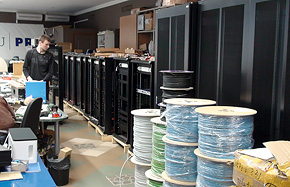 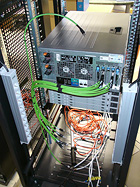 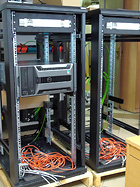
 
 

First racks are prepared for
equipment installation in Riga
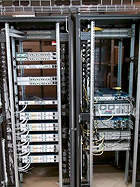 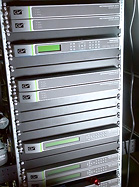  
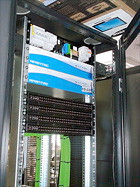  

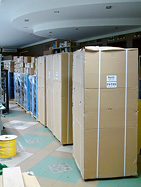 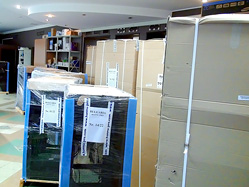
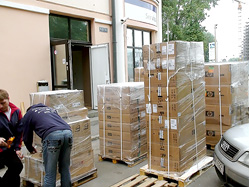 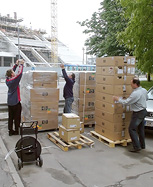 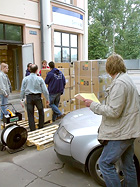
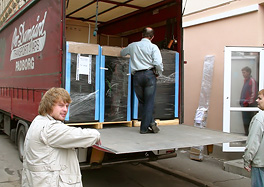 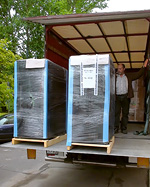
Hannu Pro finishes Bulgarian DVB-T equipment collection and testing;
Equipment is sent to Bulgaria
|
| Bulgarian DVB-T project implementation - 1st phase (12 broadcasting sites) |
|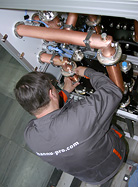 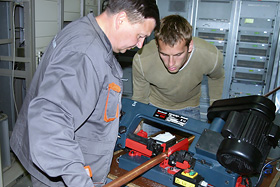 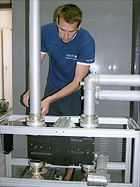
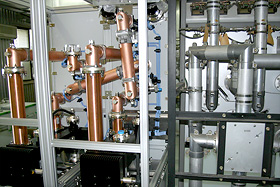 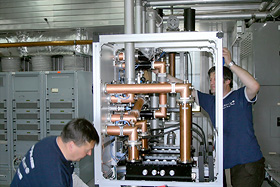
 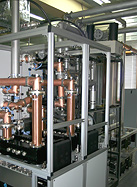
Hannu Pro engineers install Spinner combiner
at Varna transmission centre
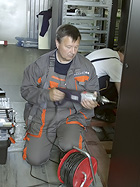 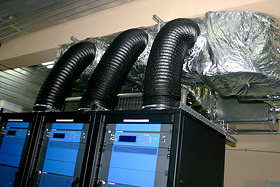 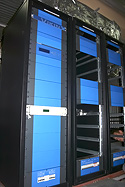
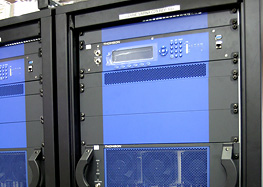 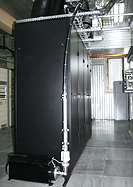 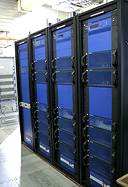
Hannu Pro installing Thomson Elite transmitters
at Varna regional transmission station
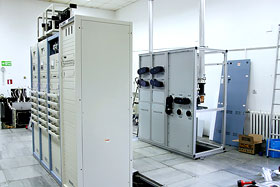 
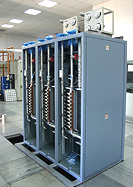 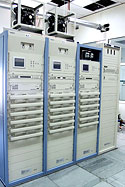 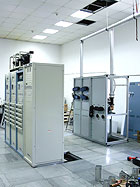
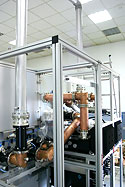 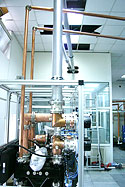 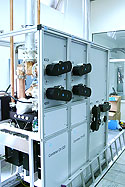
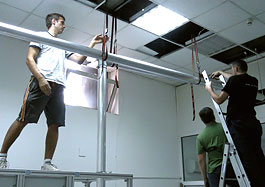
Hannu Pro installing NEC transmitters and Spinner combiners
at Belogradchik regional transmission station
 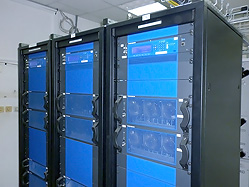
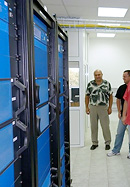 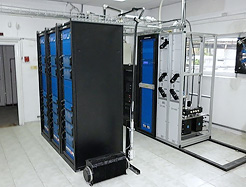
Hannu Pro finishing installation of Thomson transmitters and Spinner
combiner at regional transmission station in Gabrovo
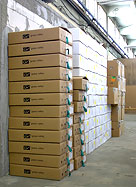 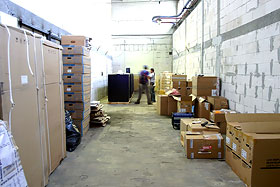
 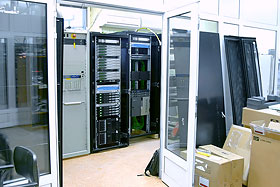 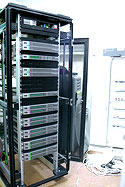
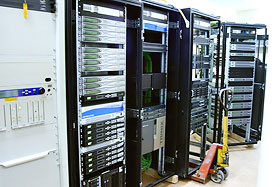 
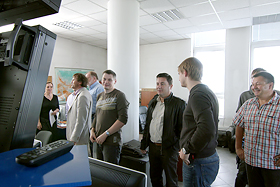 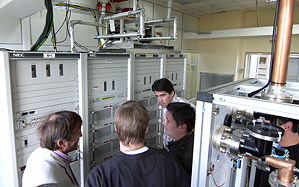
 
Hannu Pro installing and commissioning Bulgarian DVB-T network head-end equipment
at Vivacom Bulgarian Radio and TV station national administration's
(NU RTS) central transmission station in Sofia
|
| Bulgarian DVB-T project implementation - 2nd phase (12 additional broadcasting sites) |
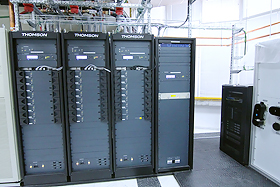 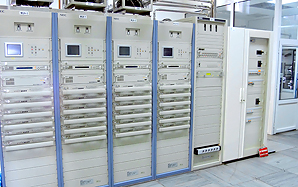
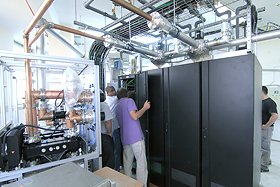 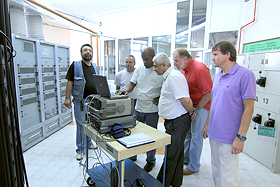
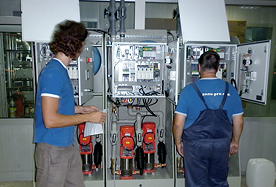 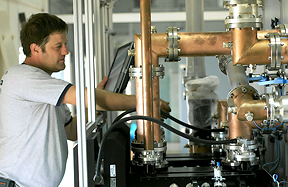
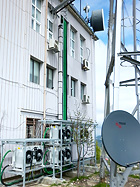 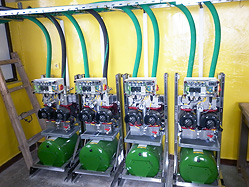 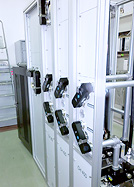
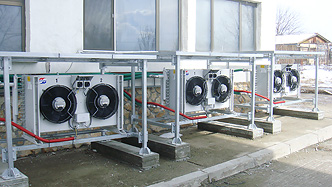 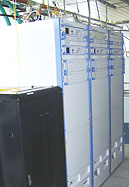
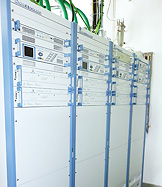 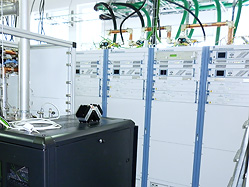
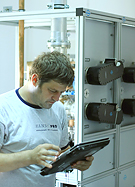 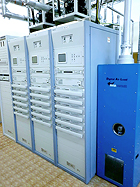 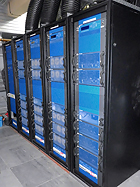
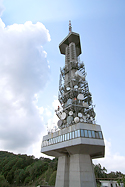 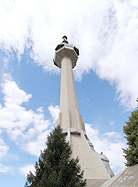 
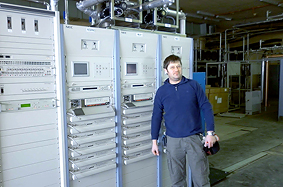
During 2010 Hannu Pro installed large number of broadcast systems
at Belogradchik, Dobrich, Gabrovo, Ivanci, Kopitoto, Plovdiv, Ruse, Varna,
Venec, Viden and Zdravec broadcasting centres
|
|